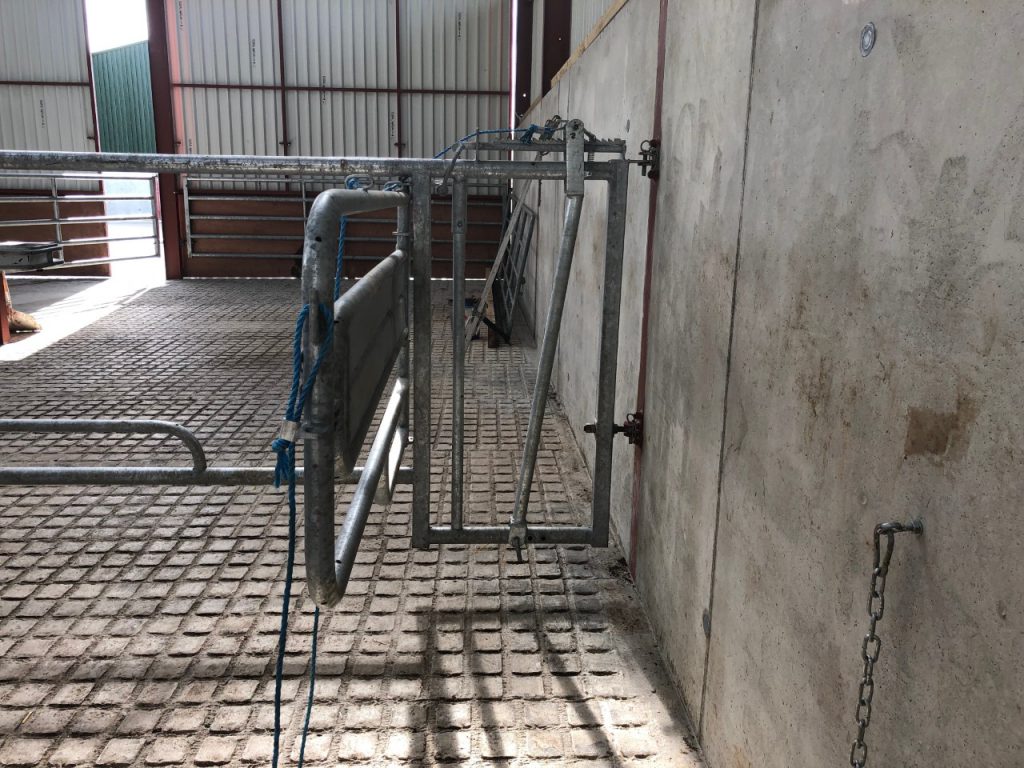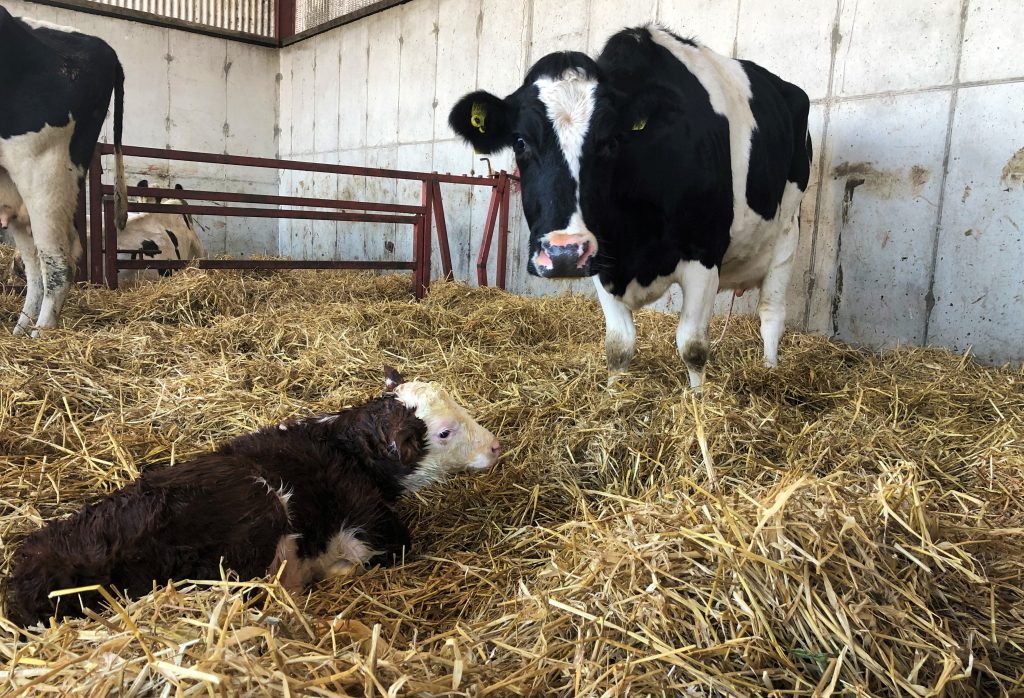No farmer wants to see their cows requiring a caesarean section, especially during a busy calving season.
Farmers often debate about which breed causes the most hassle or sections at calving, but the truth is that caesareans can occur on any farm with any breed. It is very important for farmers to be prepared in case of an emergency.
There are cases where a heifer or cow has an incomplete dilation of the cervix or vagina and has not ‘opened up’ during calving – which may also require a caesarean to get the calf out alive.
Farmers using a new stock bull or a test AI sire should also expect the unexpected this spring.
What do I need?
There are a few simple tasks and items that a farmer should be aware of which are necessary in preparing for a caesarean section.
The first thing that is required is having the vet’s phone number on hand, either saved on your mobile phone or in the phone book and accessible by the person in charge of calving.
In terms of equipment, an adequate head locking unit and ideally a calving gate (which has a middle gate section that can be opened) should be available for use on the farm.
Following this, the next most important thing is having the calving area as clean as possible. Any vet will hate to arrive into a shed where dung can be found on the calving gate which is going to be close to the area of incision.
Therefore, farmers should ensure that the gates are cleaned and disinfected – along with the pen where the newborn calf is going to drop.
The farm should have access to clean and warm water – ideally, two clean buckets should be filled with warm water which can be done while waiting for the vet to arrive. The vet can then use this water to disinfect their equipment and hands prior to surgery.
Having a table or a stand close to the vet when they are operating leaves their tools easier to access.
Make sure the lighting in the shed is bright and allows the vet to see exactly what they are doing during the section.
Plenty of hands make light work and this is certainly the case for a section. For some operations, a very large calf is going to be lifted out of the cow.
Obviously, Covid-19 restrictions and guidelines make asking the neighbour for a hand that bit more difficult – but if a family member is free to help out, their assistance would be appreciated.
Finally, it is easy to become panicked during a caesarean so it is important to stay safe and remember about the times we are in.
Some vets are having to travel around to a lot of farms during lockdown, which means they are having to come in contact with a number of farmers daily. They will appreciate it if you can keep your distance when possible and have a facemask on while they are conducting the procedure.
Aftercare of the cow
Don’t forget that when the vet has stitched the cow back up and administered antibiotics that further injections of antibiotics will be necessary over the next few days – based on veterinary advice.
Keep a close eye on the cow after the operation to make sure they are eating and in good form. Also, monitor if they have retained or passed the placenta or ‘cleanings’.
If you suspect that the cow is ‘off form’ or sick in the following days, give your vet a call to get their opinion as further care may be necessary.


